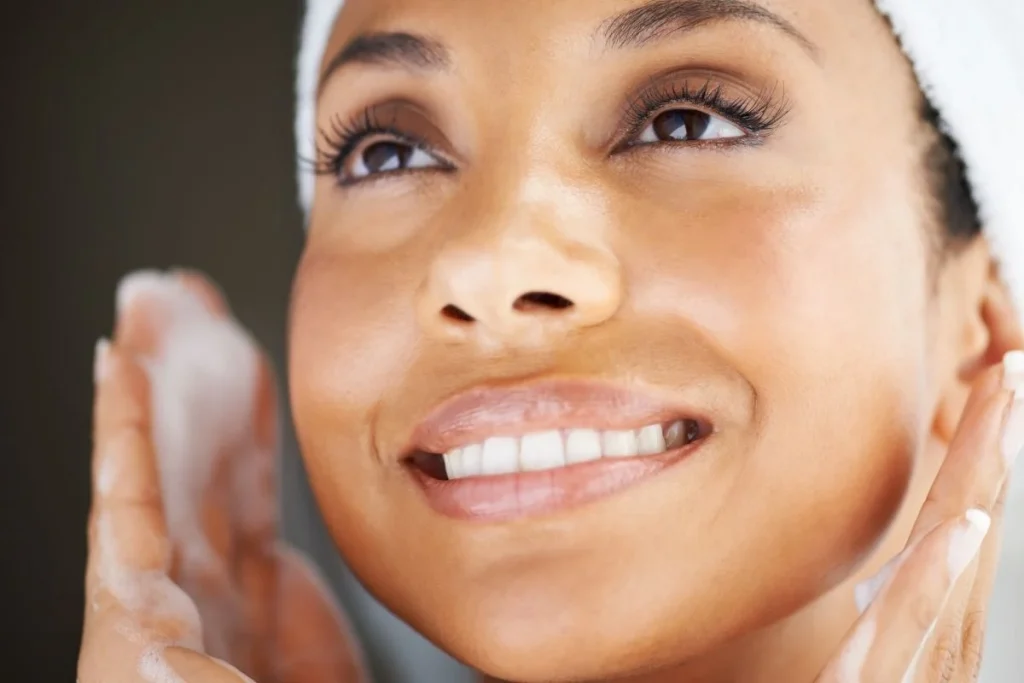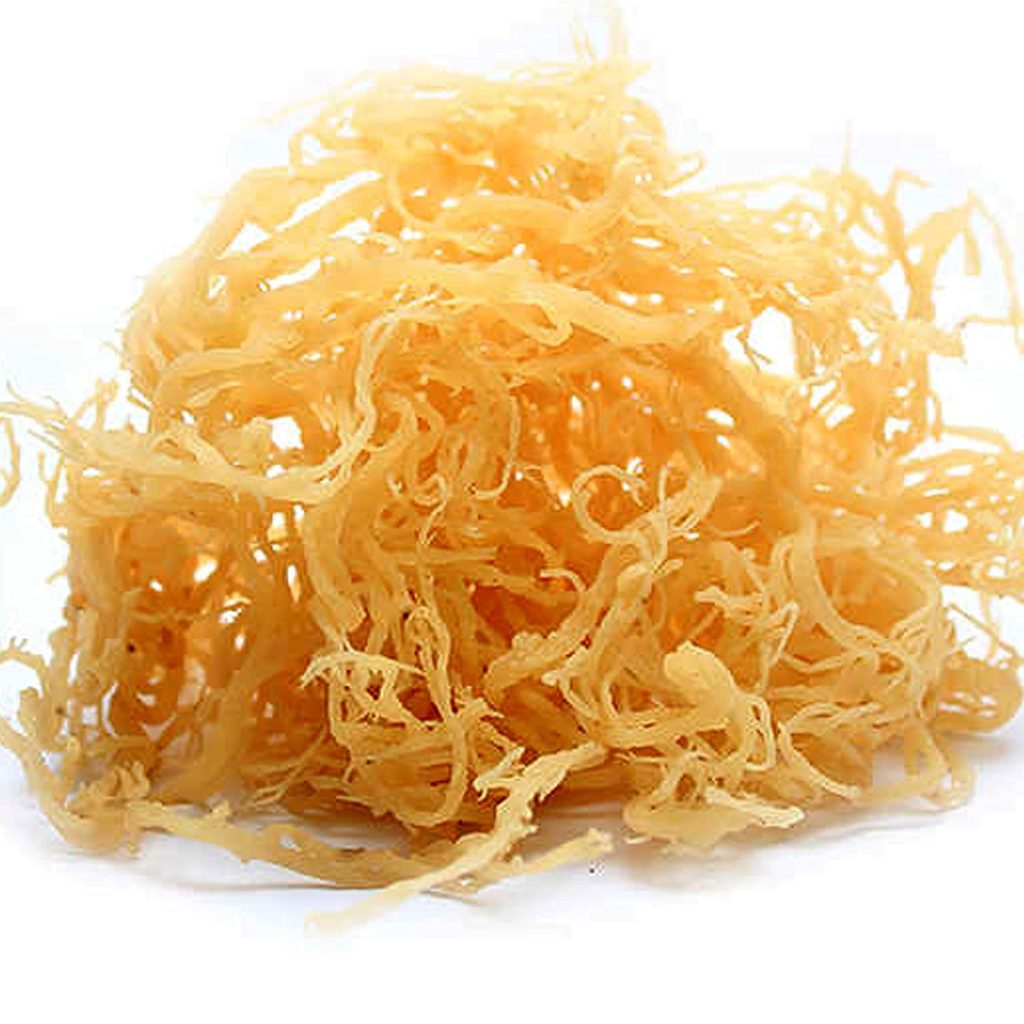Sea moss has become popular in the health and beauty community after making its rounds on popular shows like shark tank and receiving celebrity endorsements from the likes of Kim Kardashian. People now regularly consume sea moss and use it topically as a beauty product. It grows abundantly in various parts of the world such as the coastlines of North America, the Atlantic coast of Ireland and the Caribbean islands. But, what is sea moss anyway and does it really work or is it all hype? Sea moss, also known as red seaweed or Irish moss, is actually a red algae which grows on rocks near shorelines. Believe it or not, it has been eaten and consumed in drinks for a long time, but hasn’t really been studied for its purported health benefits until much more recently. A few studies have indicated that it may be able to help prevent Parkinson’s disease and improve the immune system but, here we will discuss its application as a beauty product.
NUTRITIONAL CONTENT
When considering the benefits of sea moss with respect to health and beauty, it is important to consider the nutritional attributes. Sea moss demonstrates anti-inflammatory, antioxidant, anti-aging, antimicrobial and antiviral qualities. As far as its ingredients are concerned, it has vitamin A, vitamin k, omega-3 fatty acids, calcium, magnesium, sulfur and hydrocolloid (moisture retaining) compounds. Also, while all of these nutrients have their place in improving skin, sea moss is probably most valued for its hydrocolloid compounds as retaining moisture is an important part of anti-aging skincare. It is also useful in helping to improve acne symptoms due to its high sulfur content.
HOW TO USE SEA MOSS
In general, there are two ways which sea moss can be utilized; topically or by ingesting it. Each application method has its advantages and disadvantages. In the vegan community, ingesting sea moss is popular because it is a plant food rich in many vitamins which also happen to be great for the skin. However, sea moss also contains iodine which shouldn’t be consumed in large quantities, or with certain medical conditions, as it can cause goiters and thyroid disorders. For these reasons, if you plan to ingest sea moss, it is best to consult with your doctor. However, topical sea moss, which is being used more and more in facial creams, gels and lotions can provide many of the same beauty benefits as ingested sea moss without the same risk of complications; mostly because your skin cannot absorb the same amount of iodine from the plant content as your stomach can. Additionally, because sea moss has hydrocolloid properties, putting it on your face topically can help lock in moisture.

DOWNSIDES
As was mentioned in the previous paragraph, sea moss is extremely high in iodine. One gram of seaweed can contain nearly 3,000 mcg of iodine which can cause or worsen certain health problems. Also, if you are using sea moss as an ingestible beauty product, discontinue its use if you experience itching, nausea or general malaise as this could indicate that you are reactivating negatively to one of its ingredients. Using sea moss topically should largely avoid these types of negative reactions. Nonetheless, it is recommended to try a small, topical “patch test” on your wrist or another inconspicuous area of skin to ensure that you don’t experience any itching, redness or rash before putting the sea moss on your face.

CONCLUSION
Although sea moss can be a powerful tool for your health and the beauty of your skin, it is not completely without risks and potential downsides. This is mostly due to its high, and with respect to certain ingredients, excessive, nutritional content. If you intend on trying out sea moss for your own health or beauty routine, consider which application method best suits your lifestyle and check with your doctor first.